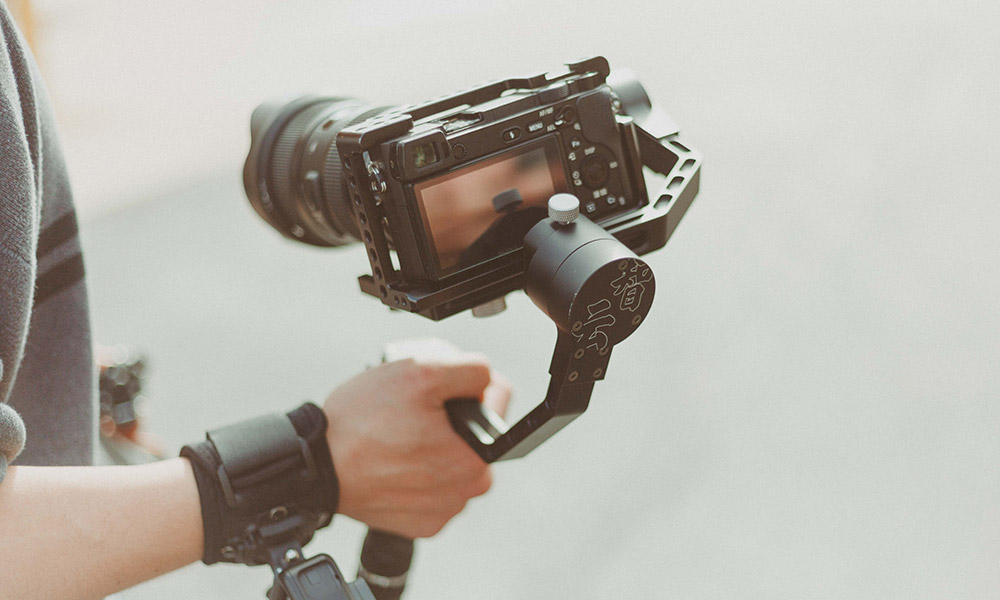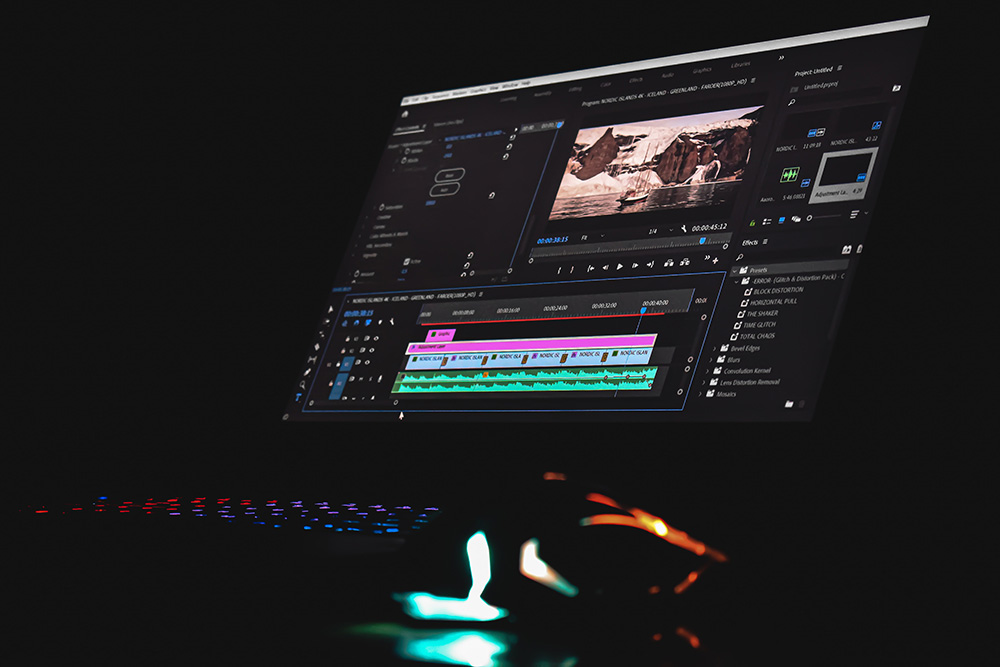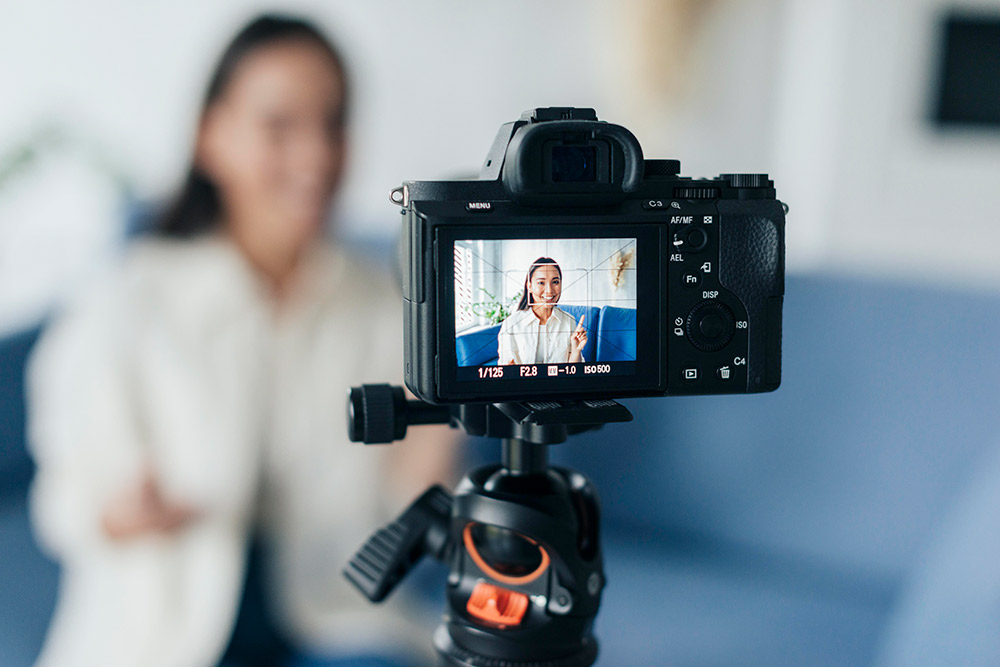How To Start Making Your Own Videos!
Let’s start with the following premise - Videos can be a great promotional tool for companies IF they want to remain competitive. A lot of people like watching videos more than reading for information.
Consumers are constantly bombarded with information, so while they might be able to skip over a newly written article, they are more likely to stop and watch a new video. Frequently, they want to see if they can swiftly and interestingly obtain fresh information.
Learn why video marketing is crucial to the expansion and success of your company if you aren't already using it. The good news is that you don't need to hire an expert to learn how to make your own videos.

Advantages Of Video?
Using video is frequently the most effective technique to grab your target audience's attention. Videos are a method of disseminating educational material that, when done correctly, may significantly boost your search engine optimization (SEO) and spread like wildfire. When compared to text, customers are considerably more inclined to watch, interact with, and share videos.
Customers frequently want to learn more about you personally. You are your company's voice and creative force. They want to be able to put a face to a brand, and video helps you do so by showcasing your personality and giving your business a more genuine appearance to viewers. Customers are frequently more engaged, curious, and devoted when they are aware of who you are.
Instead of reading all of your textual content, customers are more likely to view the majority of a video. Many people are visual learners, and individuals who fall into this category frequently find it easier to understand information from videos than from written content. This is one of the main reasons social media videos, in particular, perform better in terms of video conversion rates than other forms of marketing content.
Ready To Get Started?
Even though fully professional movies may be far more expensive than you are able or willing to spend, it is possible to produce videos that may be incorporated into your marketing plan for a surprisingly low price. YouTube stars and other amateur filmmakers frequently only use their smartphones to create their videos.
With the help of downloadable applications like iMovie, a smartphone can be capable of producing fairly good videos. A laptop, iPad, or a digital single-lens reflex (DSLR) camera are additional pieces of gear that amateurs can utilise to create videos.
The DSLR camera will likely produce the finest images of these options, but many of them can be utilised to make movies for your website or other marketing initiatives.
Some Handy Tips?

You don't have to make it clear that you're a novice videographer. You can use several techniques to raise the calibre of the videos you produce with affordable equipment. Since many people spent a lot of time working from home when the Covid-19 pandemic was going on and interacted with the outside world via screens, many people have already mastered these techniques.
Use as much light as you can, whether it is from available natural or artificial sources. Don't forget to avoid placing your main light source behind your subject. While it is recommended to use natural lighting in the morning or evening, typically when it is low on the horizon, work lights or clip lights placed strategically can be used in place of natural illumination.
Install a tripod or other stable surface. Stabilising your video equipment is essential to preventing jerky movements that could degrade the quality of the footage you are recording. To keep a phone still, it can be supported by books or other objects.
Don’t go too far. Just like for your content, for the best audio effect, equipment should be set up close to home (in this case of audio, closer to the speaker or host). Your video's audio quality might be substantially enhanced and background noise could be reduced with a dedicated microphone.
Be mindful of what might be visible in the background: If you have a room in your house with a white or solid-coloured wall and little else around that might be distracting, that's probably the best setting for you to record in.
Sound. To get the best sound quality, pick a small, quiet environment rather than a big, echo filled one. Ensure that no one will be calling you on the phone or entering or leaving the shooting location while you are recording. Disconnect any nearby electronics, such as televisions or fans. Make sure kids won't interrupt your filming while you're doing it. The message you're attempting to convey will be lost in background noise like cars, sirens, and barking dogs. If you're using your phone to record, be mindful of where the microphone is located so you don't inadvertently cover it.
Side note, while we’re on the topic of sound, background music or BGM can be both a curse and a boon to video content creators. Here’s why - if you have audio that’s slightly bad maybe because of wireless radio interference or maybe there’s noise in the background, some background music can help mask some of that so audiences don’t notice it all that much.
However, should you pick background music that’s licensed, then you’d get what’s known in the business as a copyright strike against your ENTIRE video which matters down the road if you want to get your videos monetised.
Also, this is where editing plays an important role as well. One rookie mistake is to make the BGM louder than the cast who is speaking. The obvious downside is that audiences won’t be able to understand what’s being said. So, be cautious when using background music in your video. It can aid and support the video, most definitely, but be careful of how loud it is and whether or not it’s licensed before using it.
Presentation: Turn the phone so you can see yourself while recording if you are speaking. This will make it easier for you to spot small issues like misplaced hair, glare on your glasses, or a folded collar. Do not wear apparel with intricate designs or with logos, labels, or inscriptions.
Have a distinct notion of your theme or focus before you sit down and attempt to create a video. Instead of coming off as a sales pitch, your video should highlight the value you are attempting to offer to your audience. What message are you attempting to convey? Do you have a quick or easy method you might use to assist your audience in achieving a goal that they may not have considered?
Before filming the actual video, take a test shot of a few seconds to identify any distractions or audio or lighting issues. Prepare a script in advance and try to stay as true to it as you can. Avoid droning on and straying off topic. If necessary, stick post-it notes at strategic locations in your line of sight to prevent you from getting sidetracked. Editing will be much simpler if you wait a few seconds before speaking and a few more before hitting "stop."
If you can, include humour in your speech and avoid monotonous or dull speech. If you do, folks will most likely fall asleep or, worse still, decide not to watch the movie at all.
But What About Tools?

At this point, we’re going to assume that you’re not talking about equipment anymore as we’ve somewhat covered that earlier.
Thus, we’ll assume instead that you are going down the line of enquiry for video tools. Utilising internet video creation tools is another method for producing marketing videos. Making films may be made easier with the aid of these tools, and they can also assist you in getting over any barriers that may be standing in your way, such as the notion that you lack the necessary skills.
You may make a wide variety of videos using video-making tools. Most are affordable or free, and they consist of:
Animoto - you can merge your video clips, photographs, and text with songs from their music catalogue to make web videos. Additionally, templates that can be modified are accessible.
Adobe Spark - With the help of this program, you can put together icons, photographs, and video clips to make an interesting video. Even if you have no prior design experience, using this tool is an excellent place to start.
Ripl - This platform makes it simple to make quick movies to increase engagement. You can select a design and include any desired text or photos. You can then just type a caption, including hashtags, and share.
Vyond - Create moving media using Vyond, such as animated GIFs or whiteboard animations. Start with pre-built templates and add your flair with text, colour, and characters.
Camtasia - Using screencasting, you may make presentations and tutorial videos with Camtasia.
Canva - Already a fantastic tool for making graphics and much more, Canva also has templates for customisable movies that you can use to drag and drop video clips and add stock music, objects, and photos too.
Powtoon - Using pre-made video templates, animated characters, designed elements, and royalty-free pictures, footage, and soundtracks, Powtoon lets you make animated or live-action videos.
Bitable - Bitable includes template animations and stock video as part of its free plan; premium plans also come with collaboration tools.
You may produce videos with these platforms and/or tools for a considerably lower cost than with conventional video production. For a more receptive and engaged audience, you can produce tutorials and other educational content that is dynamic and engaging.

Closing Words
Your video should be brief and to the point, because people have a short attention span. Give your intended audience a reason to take notice. You can reshoot your video if you notice that you completely veer off course when filming it.
One question we’ve asked was - should multiple takes be done and only the best take be chosen, also how many different versions should be taken? Or would 1 version be sufficient and from there, cut the unnecessary parts?
Well, the answer to that question would be - it depends on your style. Here at Shopcada, our video department goes through multiple takes and they have minor variations in each of their shots which then get reviewed in the editing suite. Generally, we like to be safe than sorry and we’d often be working with multiple takes which can range from 3 takes to 15 or even 20 takes for one scene. Very rarely will we just depend on 1 version? However, if you are confident in what you are doing, then we see no reason why you shouldn’t go with taking just 1 version and cutting out the unnecessary parts. After all, in art, there is no right or wrong.
But be sure to include humour and value in your message. Ask your audience to like, comment, and share your video if they found it to be worthwhile at the end of the clip. After the shooting is over, watch the video and make any necessary edits. For the iPhone, there are numerous video editing applications. Make sure the lights and audio are of high calibre.
Share your video online after you are happy with it. For best visibility, embed it on your blog and distribute it on social media. To improve your online profile, make it a habit to submit videos frequently.
Making and sharing your first video will be the most difficult, but once you get the hang of it, you'll find that it's a terrific opportunity to express your creativity, spread your message, and market your brand.

